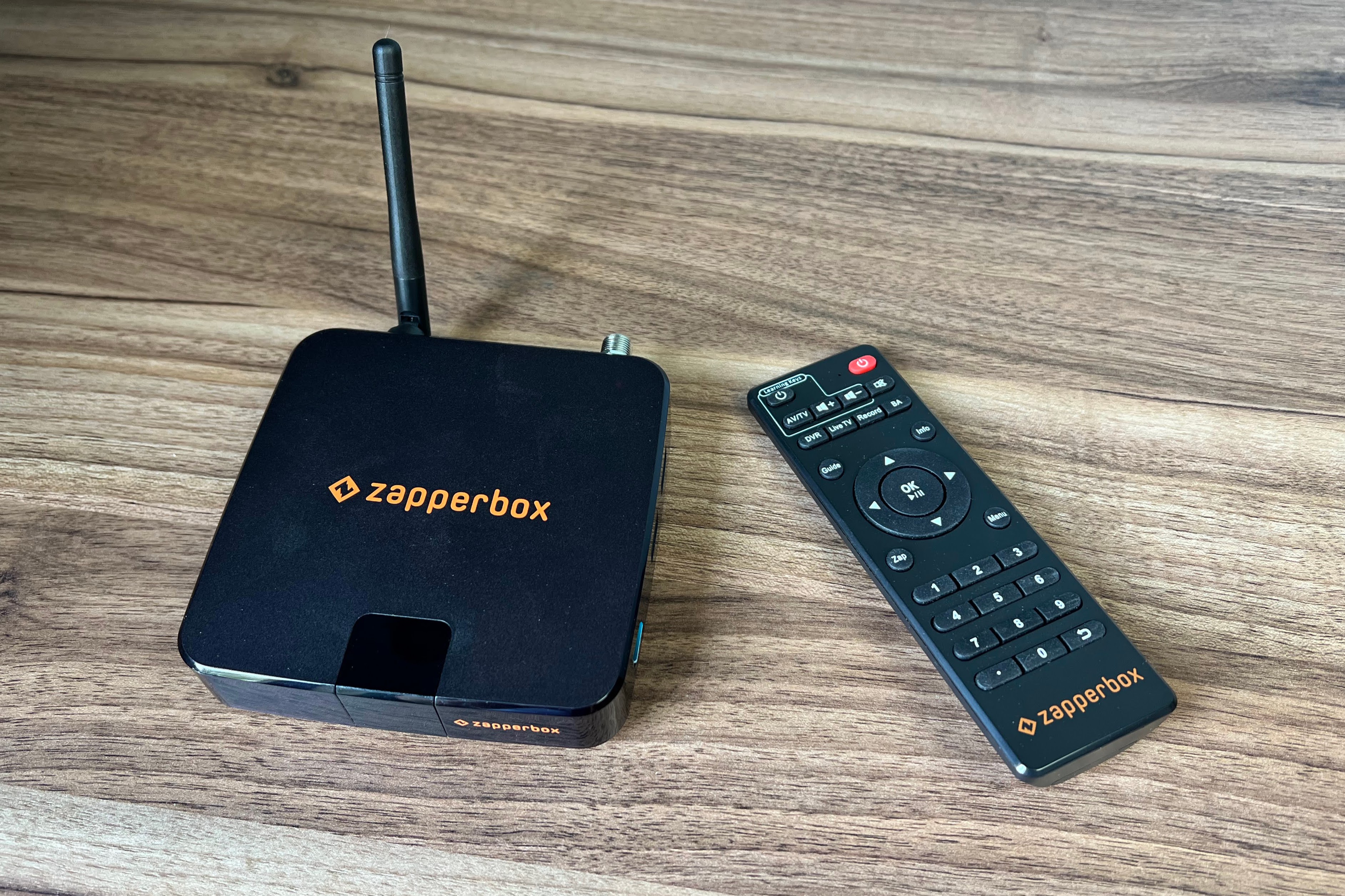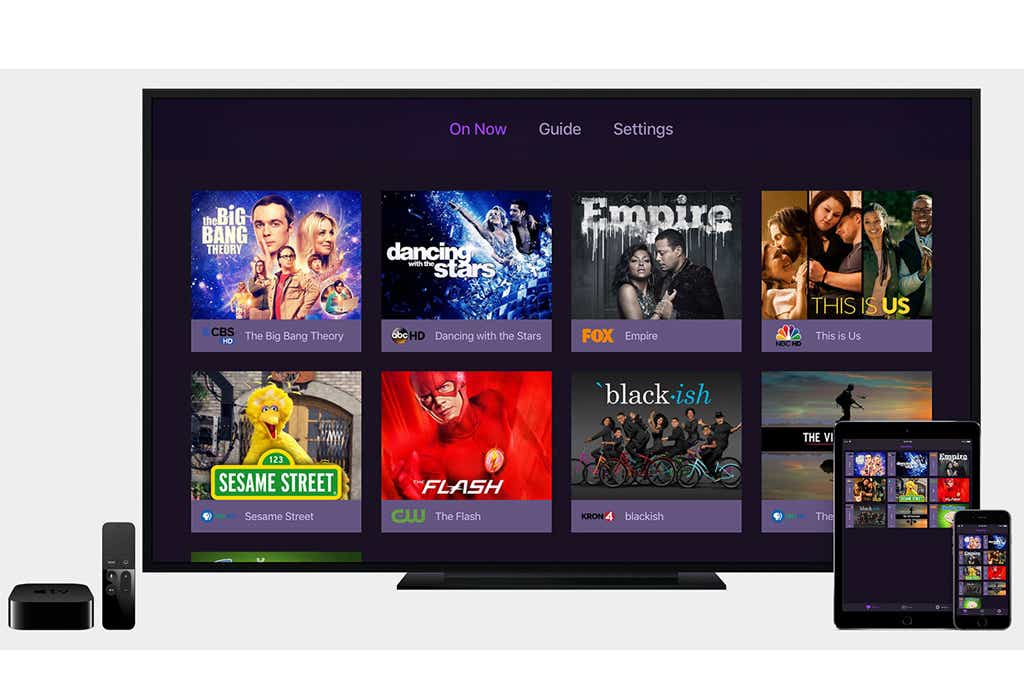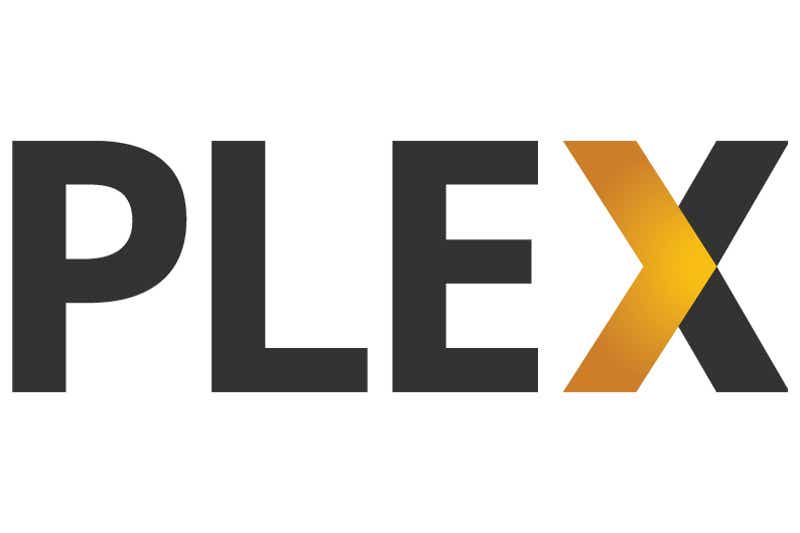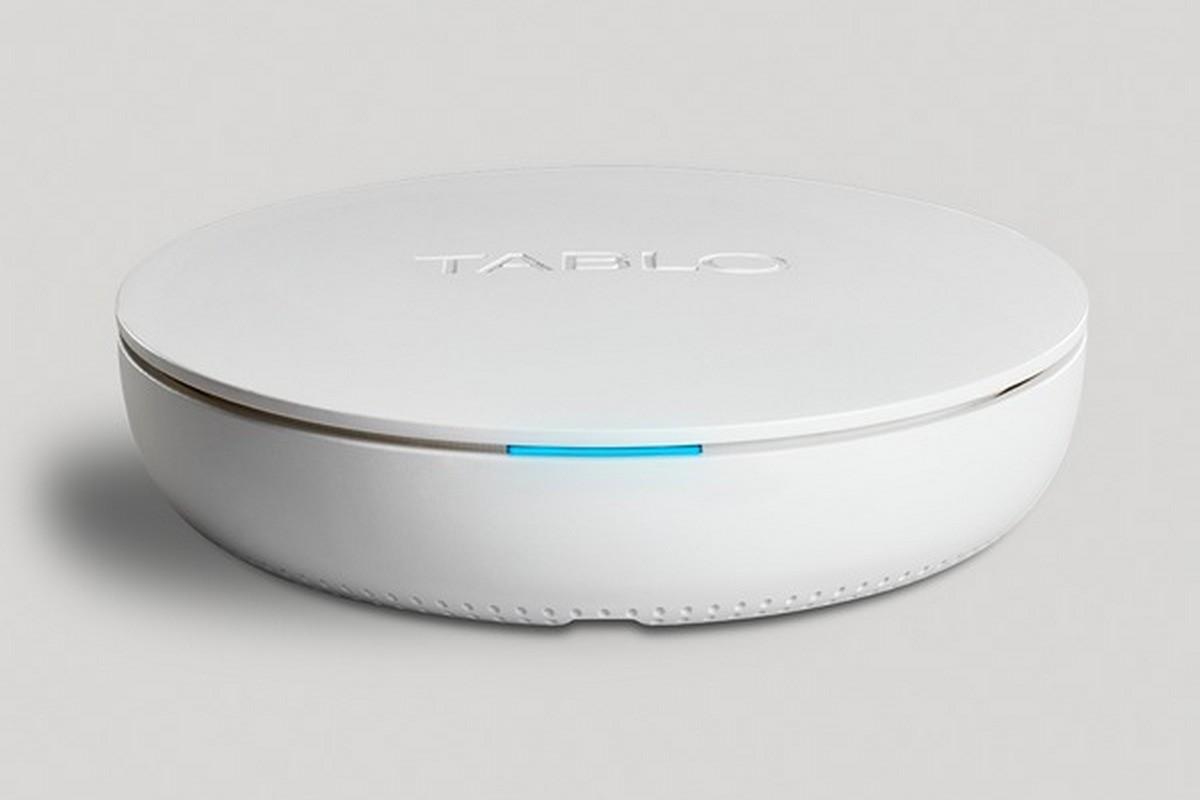You might not need a TV antenna to cut the cord, but one can be indispensable if you want to record over-the-air channels.
With an over-the-air DVR, you can record shows from an antenna, rewind live TV broadcasts, and even fast forward through commercials. Some DVRs can even stream video onto multiple TVs or let you watch from outside the home.
The over-the-air DVR field has narrowed considerably in recent years, but some smaller hardware and software makers are still putting up the good fight, providing a level of control you just don’t get from streaming services alone.
Updated September 19, 2024 to add a link to our Plex Live TV & DVR review.
Why you should trust us
As TechHive’s resident cord-cutting expert, I’ve been reviewing over-the-air DVRs since 2017. These are remarkably complex products, and I do my best to understand what folks are looking for as they try to move on from the cable DVR experience they’re used to. Beyond just product reviews, I write a weekly column about streaming and over-the-air TV for TechHive, along with a weekly cord-cutting newsletter for more than 30,000 subscribers.
The OTA DVRs we recommend
BitRouter Zapperbox M1 — Best OTA DVR right now

Pros
- Straightforward way to record over-the-air TV
- Plays and records encrypted ATSC 3.0 channels
- Product is regularly improving through software updates
Cons
- Tuner management can get tricky
- No visual preview to help skip over commercials
- Can’t sort series recordings by season
Why we like the Bitrouter ZapperBox M1
The ZapperBox M1 is a simple, plug-and-play DVR whose list of features is steadily growing. It connects directly to your TV’s HDMI port and uses your choice of MicroSD or external USB drive for storage. The $30 per year DVR subscription provides a 14-day grid guide and series-based recordings.
As of July 2024, it’s the only over-the-air DVR on the market that can record encrypted ATSC 3.0 channels, which a growing number of broadcasters are adopting. It also supports other ATSC 3.0 features such as Dolby dialog boost, HDR video, and additional broadband-based channels.
Who should buy the ZapperBox M1
The ZapperBox M1 is ideal for folks who want to future-proof their DVRs for ATSC 3.0 and avoid the vagaries of in-home streaming, which some other over-the-air DVRs require. It’s pricey at $275 for a dual-tuner model (plus the subscription fee), but dependable.
Still, those who want more advanced features such as out-of-home streaming and automatic ad skipping should look elsewhere.
Channels DVR — Best OTA DVR for power users

Pros
- Records both over-the-air and live streaming channels
- Slick software with lots of DVR creature comforts
- Excellent audio and video quality for broadcast channels
Cons
- Complicated setup
- No Roku or game console support
- Subscription fee is higher than other over-the-air DVRs
Why we like Channels DVR
Channels DVR is a software solution that runs on a desktop computer, NAS box, or Raspberry Pi. You must also supply an HDHomeRun tuner to capture over-the-air channels and relay them to your server device.
For those who bother setting it all up, the result is a deeply rewarding media center experience with automatic ad-skipping, out-of-home viewing, custom channel categories, and more. You can even bring in video from other sources—such as DVD rips and online M3U streams—giving you one app in which to view everything.
Who should buy Channels DVR
Between the hardware requirements and the subscription price of $8 per month and $80 per year, Channels DVR is not for everyone. But if you seek an over-the-air DVR solution that allows for customization and extensibility—while still being a joy to actually use—this is as good as it gets.
Plex DVR — Best OTA DVR for power users, runner-up

Pros
- Access your DVR on practically any streaming device, from anywhere
- Automatic ad skipping and optional commercial deletion
- Lots of granular control over what to record
Cons
- Occasional glitches with loading the live TV menu
- Interlaced channels can look choppy on Apple TV, iPhones, and iPads
- Free streaming content integration can get annoying to work around
Why we like Plex DVR
Plex’s over-the-air DVR solution offers ad-skipping, out-of-home viewing, and an affordable subscriptions, including a lifetime option. The software provides granular options for choosing what to record, and you can play your recordings on any practically any streaming device from anywhere in the world you have broadband access. This isn’t an out-of-the-box experience, though, so be aware of what’s involved. You’ll need a TV tuner, a TV antenna, and a device that will operate as a home server. That can be an Raspberry Pi, a NAS box, or an old computer you have laying around the house. Whatever you pick, it will need be powered up 24/7 and you’ll also need some storage to hold your recordings. Channels DVR offers a smoother experience overall, but it’s more expensive and you’ll have fewer hardware options.
Who should buy Plex DVR
DIYers who have the know-how to set up the required hardware, don’t mind not being able to record streaming content, and can be patient with occasional glitches in Plex’s live TV menu. When you’re finished, you’ll have a robust DVR system with powerful recording features, ad skipping, and out-of-home viewing; plus, no ongoing fees if you opt for a $120 lifetime Plex Pass (monthly and annual plans are also available).
Tablo 4th-generation DVR — An inexpensive option (with caveats)

Pros
- Records from an antenna with no subscription required
- Free streaming channels provide even more to record
- Robust series-recording options
Cons
- Significant stability issues and bugs
- No schedule view makes tuner management difficult
- Roku app lacks a mini guide
Why we like the Tablo 4th-gen DVR
We’d love to put the 4th-gen Tablo at the top of this list, because on paper it offers so much. For $99 with no subscription fees, a single Tablo DVR can stream video onto multiple TVs throughout the home, using companion apps for various smart TV and streaming platforms. It can even record from dozens of free streaming channels, giving you more to watch than other over-the-air DVRs.
But in our testing, the newest Tablo repeatedly dropped offline, failed to complete scheduled recordings, and had numerous other bugs. We include it here because there simply aren’t many other options worth considering.
Who should get the Tablo 4th-gen DVR
If you have a high tolerance for bugs and really want to avoid additional subscription fees, take a chance on the Tablo. We’ll revisit this DVR in the future to see if its reliability issues have been resolved through software updates.
More about DVRs
Frequently asked cord-cutting DVR questions
What can I watch with an over-the-air DVR?
This depends on the type of antenna you have, the number of broadcast stations nearby, and the quality of your signal. At best, you’ll have access to ABC, CBS, NBC, Fox, CW, PBS, and other public-access stations, along with digital subnetworks such as MeTV and ION. (An antenna won’t get you any cable channels such as ESPN, TNT, and HGTV, regardless of what sleazy antenna marketing says.) Plug your address into Antennaweb’s lookup tool for a sense of what’s available at your location.
Can I record streaming services?
While the fourth-generation Tablo can record from a small number of free streaming channels, most over-the-air DVRs only work with the channels you get from an antenna. If you want to watch and record regular cable channels, you’re better off subscribing to a live TV streaming service that includes a cloud-based DVR. You can’t record shows from services like Netflix or Hulu, at least not without elaborate workarounds.
What’s a tuner and how many do I need?
Most over-the-air DVRs come with either two tuners, which can play or record two channels at a time, or four tuners, which can play or record four channels at a time. More tuners means less potential for recording conflicts, but the hardware is more expensive, and splitting the signal from a single antenna can degrade signal quality, which is a problem if your reception is borderline to begin with.
Can I expect better or worse reception with an over-the-air DVR?
As mentioned above, splitting an antenna across multiple tuners can result in some signal loss, but networked tuners such as Tablo may allow you to place your antenna in an area with better reception, such as on an upper floor in a window facing your nearest broadcast towers. There’s always some trial and error involved with over-the-air reception, and DVR products are no different. (Tablo has some helpful tips on optimizing reception, with or without an over-the-air DVR.)
Is an ATSC 1.0 DVR still worth getting?
Broadcasters must support ATSC 1.0 until at least February 2027, but because ATSC 3.0 isn’t backward-compatible with existing tuners, it’s hard to envision them leaving the old standard behind in that timeframe. Many TV makers are still shipping new sets with ATSC 1.0 tuners, and there’s no federal mandate forcing anyone to move onto the new standard. Barring some government intervention that leads to a surge in ATSC 3.0 adoption, ATSC 1.0 DVRs should still have a long lifespan ahead.
Other over-the-air DVRs we’ve tested
AirTV Anywhere is an over-the-air DVR from a subsidiary of Dish Network, designed to integrate with Dish’s Sling TV streaming service. Plug in an antenna, and you can watch or record live TV through the Sling TV app, even without a subscription. The lack of subscription fees is great, but recording capabilities are limited, and Sling hasn’t updated the product line since 2020, which doesn’t instill confidence.
Jellyfin’s open-source software runs on any desktop computer and uses an HDHomeRun tuner to capture video from an antenna. While it’s free to use, the setup is a hassle, the companion apps are unintuitive, and you must supply your own TV-guide data, which you’ll most likely need to pay for anyway. Skip it unless open-source is part of your personal tech manifesto.
SiliconDust offers its own DVR software for HDHomeRun tuners, but it no longer offers the Scribe tuner hardware that had built-in recording capabilities. That means you need a separate desktop computer to create and store the recordings. Its software is less refined than both Plex and Channels DVR, so we recommend those solutions in conjunction with an HDHomeRun tuner for DIY-minded users.
Mediasonic sells subscription-free DVRs for less than $40 under the Homeworx brand, with no subscription fees. The experience is cruder than every other option we’ve mentioned here, but you can’t argue with the price.



